There can be your advertisement
300x150
11 Tasks to Complete on Your Plot in September
Do It Yourself and Share with Neighbors
September is a rather unpredictable month: today it's still hot summer heat, and in a day or two you'll need a jacket to go outside. During this period, there's a lot of work to do: harvesting the crop and preparing seeds, planting and transplanting perennial plants, preparing the soil for winter and fertilizing it. That's why you need to finish everything before the cold arrives.
 1. Prepare the cellar for storing the harvest
1. Prepare the cellar for storing the harvestFirst, open the cellar and let it dry for a couple of days. Disinfect the walls, floors, and shelves with a solution of copper sulfate or permanganate. After placing the harvest in the room, place a bucket with salt or wood charcoal — they will absorb excess moisture. To fight rodents, you can set traps and scatter poison.
 2. Harvest root vegetables
2. Harvest root vegetablesPotatoes are dug up when the skin becomes firm — dig up a plant and check the tuber. After harvesting, sort the potatoes, let them dry for 1–2 weeks, and only then store them in the cellar. Carrots and beets are harvested at the end of September. If the weather is warm and dry, there's no need to rush with their collection.
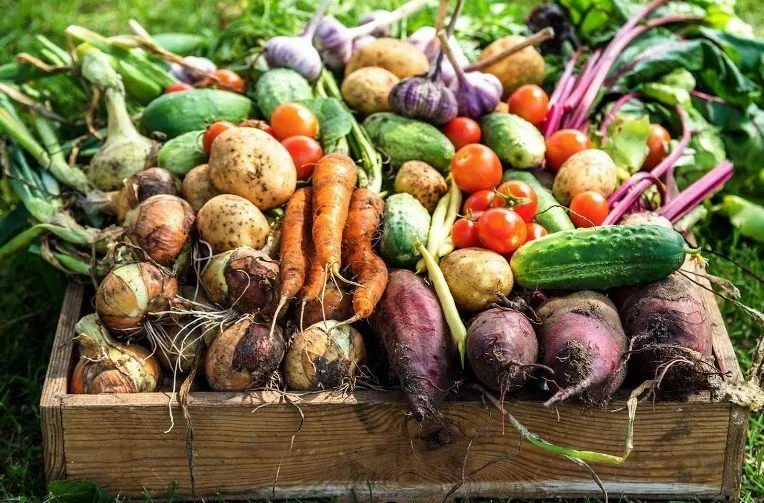 3. Treat the soil
3. Treat the soilAfter harvesting root vegetables, it's advisable to fertilize the soil. Both mineral fertilizers (potassium sulfate, superphosphate, etc.) and organic matter (compost, humus, bird droppings) can be used.
 4. Harvest garlic
4. Harvest garlicGarlic is fully ripe when green shoots don't appear, and old leaves turn yellow and droop. It's important not to leave it too long, otherwise it will sprout new roots, which reduces its useful properties and shortens the storage period.
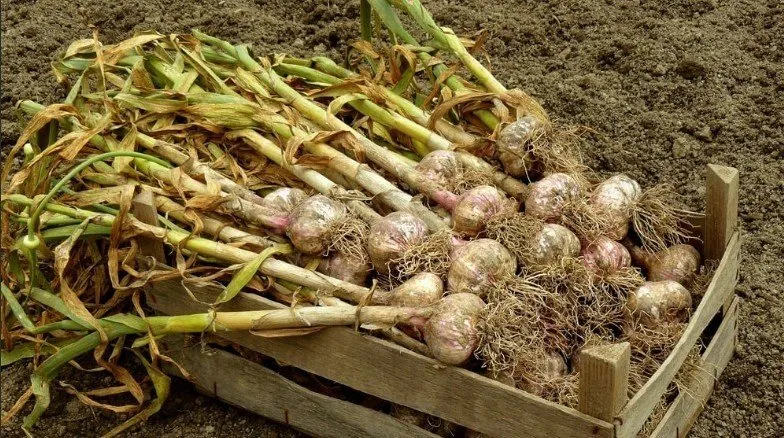 5. Sow cover crops
5. Sow cover cropsThe soil should never be left bare, and to prevent weeds from growing, sow the area with cover crops. This way, your garden won't be overrun with weeds, and the soil will be enriched with useful substances and restored.
 6. Harvest the garden yield
6. Harvest the garden yieldOne of the most important tasks is to harvest and preserve apples, plums, pears, and grapes on time. Start by collecting the fallen fruit and set it aside separately. Then move to lower branches, then mid-level ones, and so on.
 7. Prune blackberry
7. Prune blackberryThis should be done before the first frost arrives. Remove two-year-old shoots, broken and diseased branches, and weak bushes.
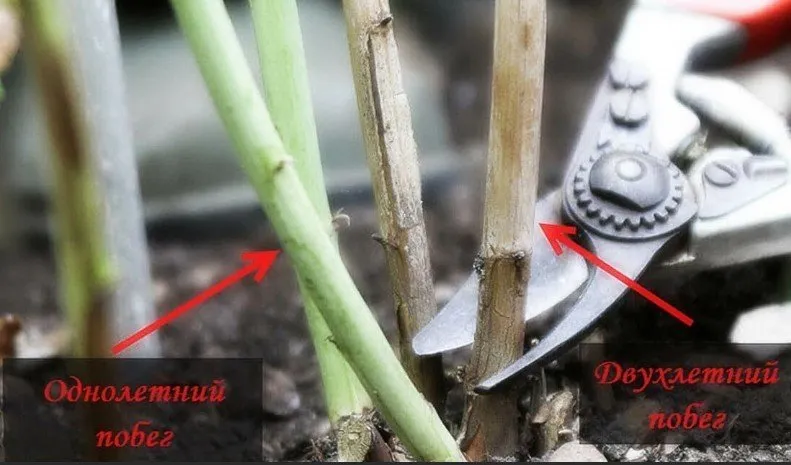 8. Treat the soil around trees
8. Treat the soil around treesAt this time, the canopy begins to rest, but the roots continue growing. Remove weeds and loosen the soil so that oxygen reaches the roots. Mulching the area around the trunk will help retain moisture.
 9. Fertilize trees and shrubs
9. Fertilize trees and shrubsTo restore the soil's nutrient content and plant fertility, it's important to feed them after harvesting. Organic matter (compost or humus 4–5 kg per 1 m²) or mineral fertilizers (superphosphate 70–100 g or potassium chloride 30–40 g per 1 m²) can be used.
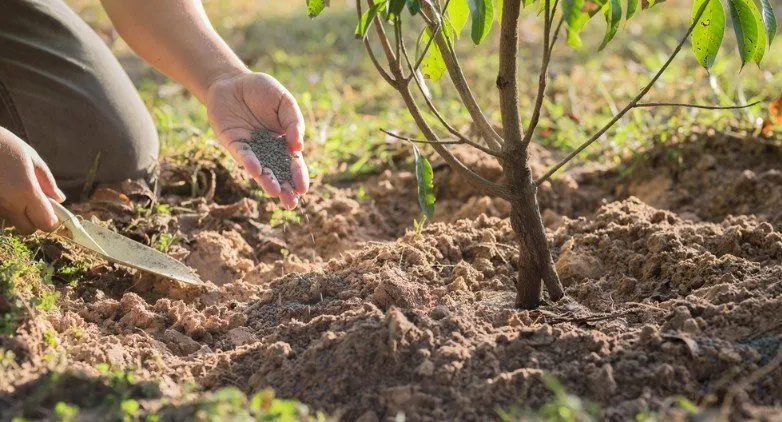 10. Prepare berry bushes for winter
10. Prepare berry bushes for winterTo do this, remove diseased, broken, and unnecessary shoots. Treat with preparations to fight pests and diseases (Dnok, Nitrofen, Bruinka will work). Then remove weeds and loosen the soil. Finally, mulch the ground around the roots.
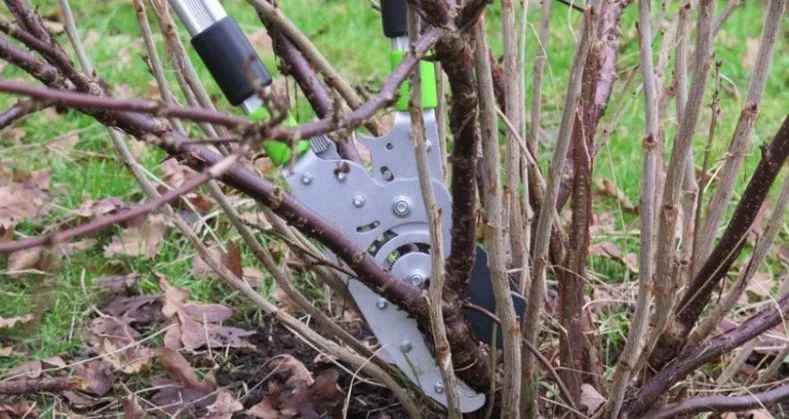 11. Dig up rootstock
11. Dig up rootstockAt the end of the month, rootstocks are dug up — one- and two-year-old seedlings or plants grown from cuttings. The root collar should be at least 7 mm thick. After digging, rootstocks are cut back to 25–30 cm and placed in a special container. Each row is dusted with a mixture of moist sand and wood shavings. The container is stored in the cellar until grafting.
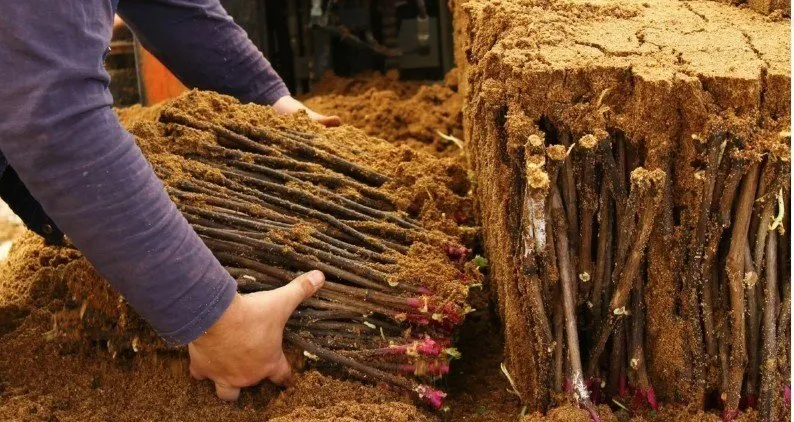
Photo on cover: Zen Chung, Pexels
More articles:
 Cool Design Hacks for Combined Bathroom
Cool Design Hacks for Combined Bathroom 10 Smart Tips to Plan Before Starting Your Apartment Renovation
10 Smart Tips to Plan Before Starting Your Apartment Renovation Cool Tips Learned from Interior Design Projects
Cool Tips Learned from Interior Design Projects Unusual Solutions for a Young Family Apartment Worth Noting
Unusual Solutions for a Young Family Apartment Worth Noting Top Ideas for Balcony Design Inspired by Interior Designers
Top Ideas for Balcony Design Inspired by Interior Designers Cleaning in 60 Minutes: How to Quickly Tidy Up Your Home
Cleaning in 60 Minutes: How to Quickly Tidy Up Your Home Storage Solutions for Small Apartments Without Wardrobes or Dressing Rooms
Storage Solutions for Small Apartments Without Wardrobes or Dressing Rooms Luxury Design Ideas from Top Hotels for Your Bedroom
Luxury Design Ideas from Top Hotels for Your Bedroom